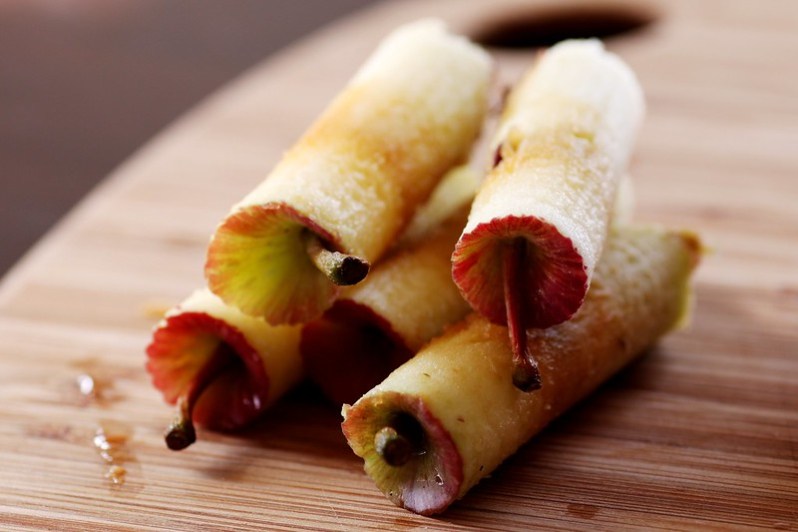Even with all the shade thrown at them by Disney movies and Biblical temptresses, apples have a pretty squeaky-clean reputation. All that “apple a day” stuff and generations of wholesome teacher gifts have made us respect the apple for not only its fresh, crisp deliciousness, but also its bountiful health benefits. But even with all the love the apple gets, there is a part of them we just love to hate. In just a few bites, the apple goes from something pure and fresh and delightful, to the very thing fly-ridden cartoon garbage is made of. The apple core. But did you know the core doesn’t actually exist? That’s right. Your whole life is a lie. Apples don’t have cores.

The center of the apple is where the seeds are housed, so somewhere along humanity’s timeline, we just started eating around them, and thus, the myth of the core was born. But if you slice an apple in half horizontally, you’ll find that — apart from the seeds and their slightly fibrous casings — there’s no actual core to be found. The fleshy center is every bit as tender and tasty as the rest of the fruit. So what happened? Where did we go wrong?
Part of the issue probably stemmed from discovering that apple seeds contain cyanide. Which, admittedly, is something we shouldn’t be consuming in high quantities. However, the amount of cyanide apple seeds contain is so minuscule that you’d have to eat upwards of 20 apples in one sitting, and really chomp down on all of those seeds (roughly 150) to be even slightly at risk of poisoning. As most apples contain just a few seeds each, and no one’s too focused on chewing those seeds to pulp anyway, there’s really nothing to worry about.
For the record, the stems are perfectly edible as well, but probably won’t do much for you in the way of taste. So feel free to twist off and toss it, or just chomp it down with the rest. Either way, the next time you reach for an apple, feel free to eat the whole thing.



